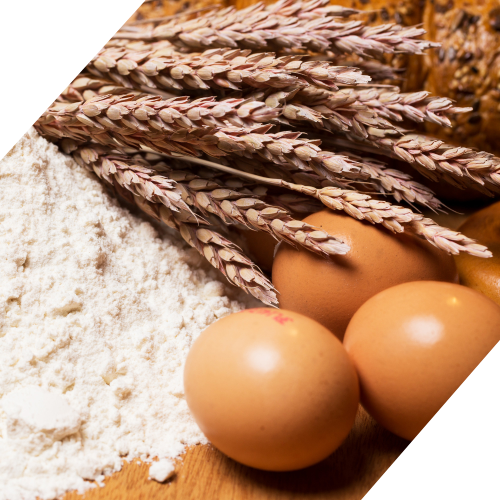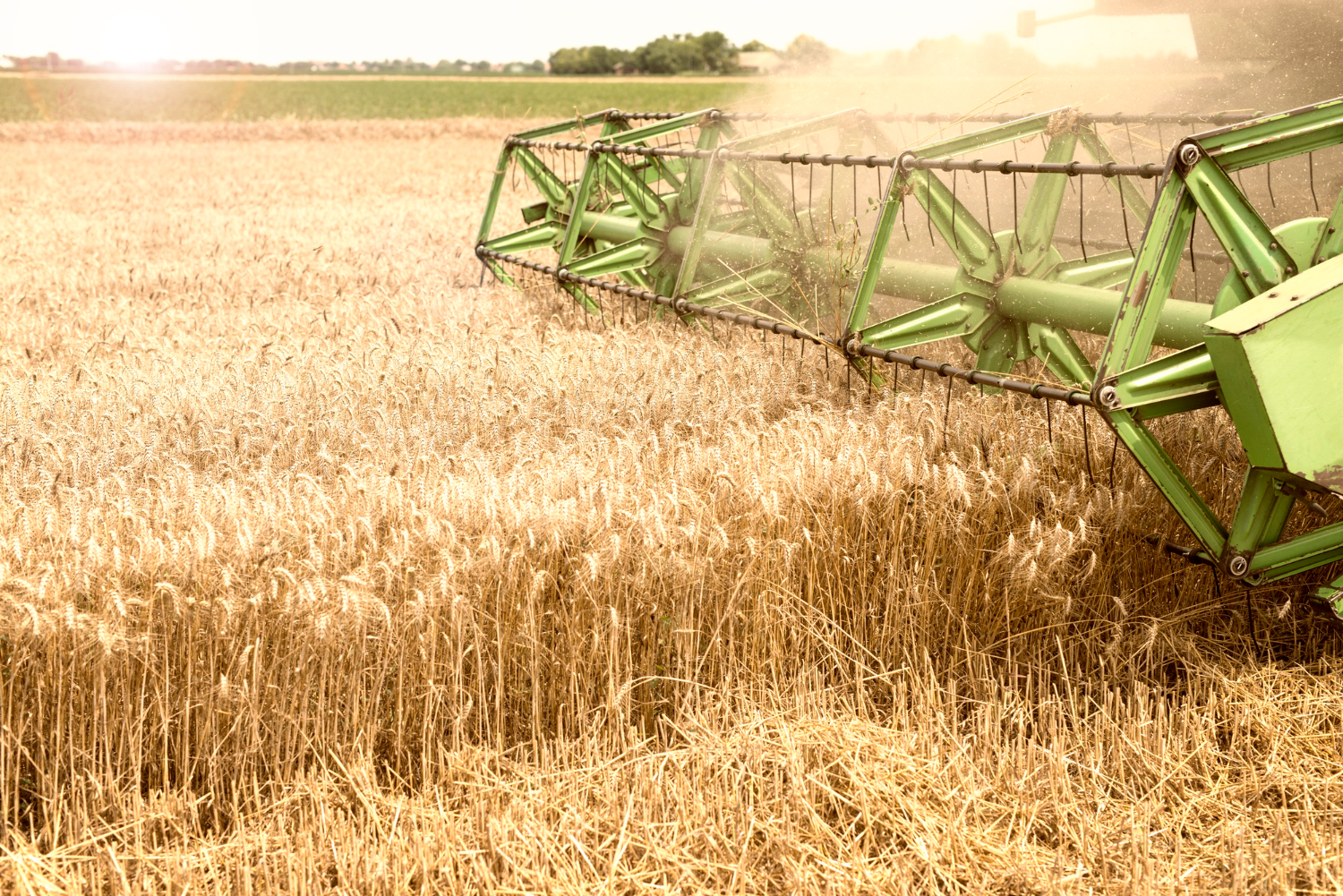OUR
PASTA IS A HIT

Made from 100% durum wheat semolina, our pasta comes in two main shapes:
- Long strands of various thicknesses (spaghetti).
- Short curved shapes of various types (curved and ridged tubes, cylindrical and ridged tubes in spiral shape, long and ridged tubes, double helix spirals).
We have 3 pasta ranges (standard, premium and value) divided into 6 brands.
FROM SEMOLINA
TO PASTA

-
1
Mixing and kneading
The semolina and water are mixed and kneaded to obtain a homogeneous dough. This process can last from a few minutes to several hours, depending on the recipe and the machines used.
-
2
Extrusion and cutting
The dough is extruded through dies to form pasta of different shapes (spaghetti, macaroni, penne, etc.). The dies can be made of bronze to give a rough texture or Teflon for a smoother surface. The extruded pasta is cut to the desired length.
-
3
Drying and cooling
The pasta then passes through dryers where they undergo controlled drying. This process can last from a few hours to several days, depending on the type of pasta and drying specifications. Temperature and humidity are carefully controlled to prevent cracking and ensure a perfect texture. After drying, the pasta is cooled to stabilize its structure and prevent condensation when packaged.




